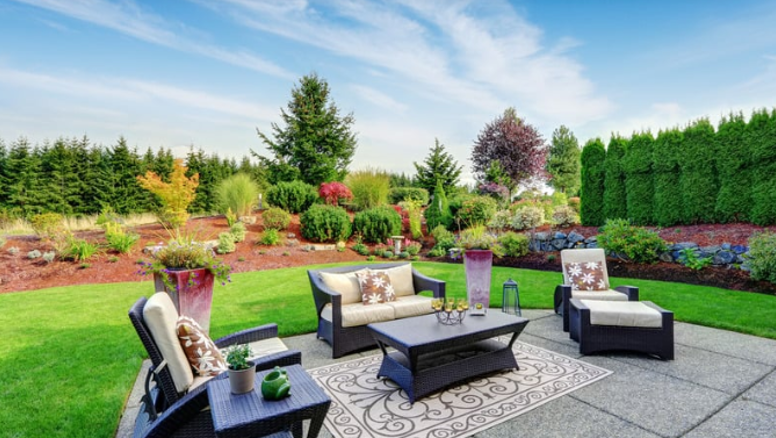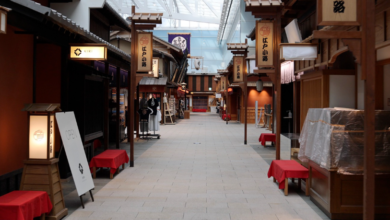Why Vertical Elements Amplify a Backyard Makeover

A backyard makeover isn’t just about ground-level improvements like new sod or a patio extension; it’s about creating dimension, function, and flow. One of the most effective ways to achieve this transformation is by incorporating vertical elements. For homeowners planning a backyard makeover in Suwanee, adding height can completely redefine the space, giving it structure, style, and purpose.
Creating Structure with Vertical Design
Vertical elements such as pergolas, trellises, privacy screens, and upright planters introduce an architectural quality to outdoor areas. These features help organize the space into distinct zones for dining, lounging, or gardening, without the need to expand the footprint. A vertical focal point naturally draws the eye and adds a sense of scale, especially important in smaller yards where horizontal space is limited.
Trellises with climbing plants soften hard edges and add greenery without cluttering the lawn, while pergolas can frame outdoor seating areas and provide much-needed shade. These design components contribute to a layered, visually engaging landscape.
See also: How Garage Doors Impact the Value of Your Home
Enhancing Aesthetics and Functionality
Using vertical elements is a strategic way to make a backyard feel complete. They add height variation, which prevents the design from feeling flat or one-dimensional. In larger yards, they can help create intimacy by enclosing open areas; in smaller spaces, they make the most of limited square footage by drawing attention upward.
This layered approach to outdoor design mirrors the principles often applied in the guide on planning your backyard makeover, where structure, proportion, and function all play a role in maximizing impact. Vertical features not only enhance the appearance of a yard but also offer benefits such as shade, privacy, and support for plant growth.
Practical Benefits That Add Long-Term Value
Beyond appearance, vertical features serve practical purposes. Privacy walls shield the yard from neighbors. Raised planter walls allow for more ergonomic gardening. Retaining walls can level uneven terrain while doubling as seating. Shade structures like pergolas extend the usability of outdoor living areas by protecting them from the sun and rain.
Incorporating lighting into vertical features adds another layer of utility. Hanging lights from pergolas or installing sconces on a privacy wall makes the space usable after sunset and creates a warm, inviting ambiance.
Flexible Design Options
Vertical elements are highly customizable to match a range of aesthetics, from natural wood tones and wrought iron to contemporary metal and composite materials. They can be tailored to suit the architecture of the home and the functional needs of the space, whether that’s screening, shading, or simply adding visual interest.
Homeowners also have creative freedom in how they use verticality. For example, vertical gardens can be used to grow herbs and flowers or create a living privacy screen. The versatility of these elements makes them suitable for both modest upgrades and full-scale backyard makeovers.
Conclusion
Adding vertical elements to a backyard makeover introduces depth, definition, and functionality that ground-level features alone can’t provide. These structures help divide space, boost privacy, and create architectural interest, all while supporting a cohesive and purposeful design. Whether the goal is more comfort, better aesthetics, or smarter use of space, vertical features are key to transforming an ordinary yard into a multidimensional outdoor living area.





